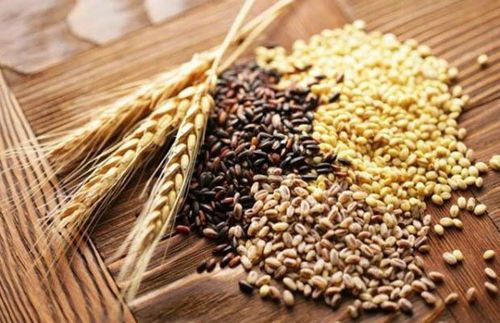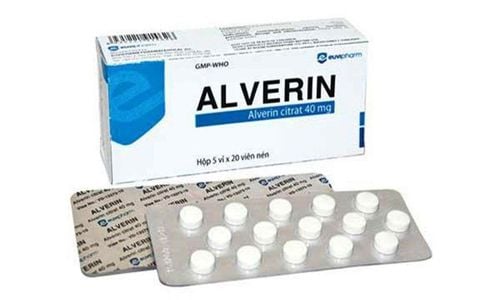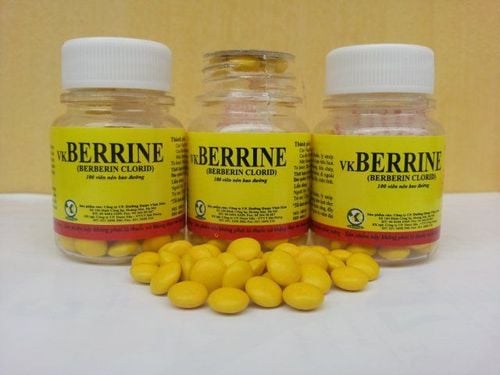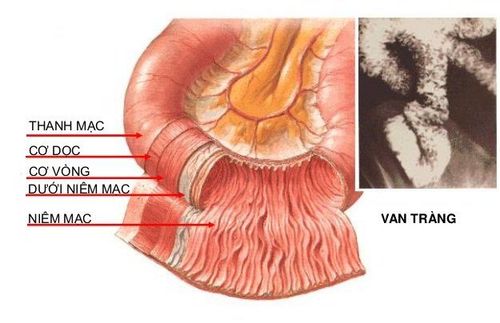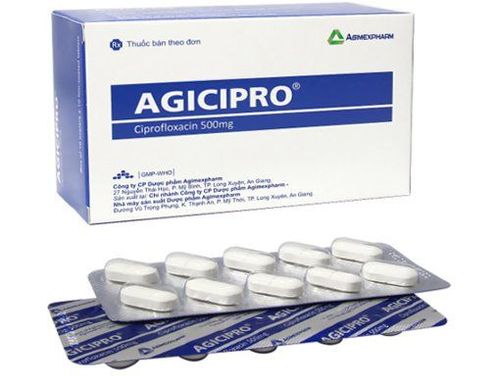This is an automatically translated article.
Gluten is a type of protein found in wheat, rye and barley. Many people believe that following a gluten-free diet will bring many health benefits. So is it really good for the body to be gluten-free and who needs to follow this diet?
1. What is Gluten?
What is Gluten? This is a protein found in rye, wheat, and barley. Currently, about 2% of people with celiac disease must follow a gluten-free diet to avoid inflammatory bowel disease.
2. Who should be on a gluten-free diet?
According to experts, certain subjects will be assigned to follow a gluten-free diet such as:
Celiac disease: This is a type of gluten intolerance disease that leads to damage to the lining of the small intestine due to the action of gluten. immune system . People with this disease, if not abstaining from gluten, can lead to malabsorption of nutrients from food. In addition, Celiac disease is an autoimmune disorder. People with gluten sensitivity not caused by Celiac disease: Patients often have symptoms of abdominal pain, bloating, constipation, diarrhea, and headache. These symptoms are similar to celiac disease, but without the damage to the small intestine. Gluten dysregulation: This is a disorder caused by the immune system itself (autoimmune) that affects nerve tissue, causing loss of muscle movement. A starch or wheat allergy causes the immune system to treat gluten and other proteins as pathogens (e.g. bacteria or bacteria). The immune system will produce antibodies to fight these proteins and can lead to airway obstruction. Therefore, the gluten-free diet has been researched as healthy to avoid the adverse effects of wheat and other starches on health. However, there are currently not many studies demonstrating the benefits of this diet for people with no signs of gluten.
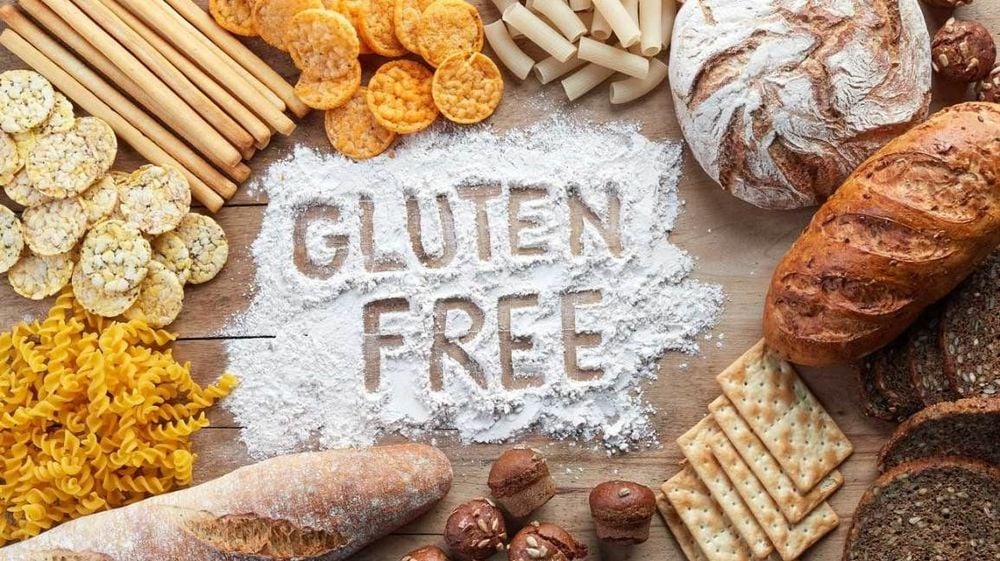
Chế độ ăn không gluten sẽ mang lại nhiều lợi ích cho sức khỏe
3. How to develop a gluten-free diet plan?
3.1. Types of food that can be used
Naturally gluten-free foods include lean meats, low-fat dairy, vegetables, fruits, gluten-free whole grains, and healthy fats. When following this diet, it is important to get more fiber from other whole grains such as amaranth, kasha, millet and quinoa as well as from fruits and vegetables. Gluten-free whole grains, such as amaranth, quinoa, buckwheat, teff, millet, corn, and rice, are good natural sources of folate, thiamin, riboflavin, niacin and iron.
3.2. Foods that are not used
Wheat in all forms including solid flour, farina flour, graham flour, semolina and wheat flour. Barley and malt products. Buckwheat. Triticale. Processed products on the market, often high in refined carbohydrates, fats, sugars and salts - just like gluten-containing products. Gluten-containing foods should not be replaced with a lot of red meat, skim milk, starchy vegetables, sweets and fats, which can lead to cholesterol, saturated fat, sodium and calories more than one unwanted way. Get in the habit of reading labels when shopping for ready-to-eat foods, taking care to determine if they contain gluten. Foods containing barley, rye or triticale must all be labeled with the grain name on them. This labeling must comply with the Food and Drug Administration (FDA) regulations with the following content: Naturally gluten-free foods, gluten-free processed foods, foods that are not cross-contaminated with gluten-containing ingredients in the manufacturing process, foods with gluten-containing ingredients have been removed during manufacturing. When using drinks, you also need to pay attention to whether the ingredients contain gluten or not, if it is labeled gluten-free, you can safely use it. Gluten-free or gluten-free foods often cost more than conventionally processed foods. As a result, the cost of following a gluten-free diet will increase significantly. A gluten-free diet is a healthy one if the directions for use are followed, the indications are applied, and the frequency of use is followed.
Please dial HOTLINE for more information or register for an appointment HERE. Download MyVinmec app to make appointments faster and to manage your bookings easily.
Source: mayoclinic.com, webmd.com




